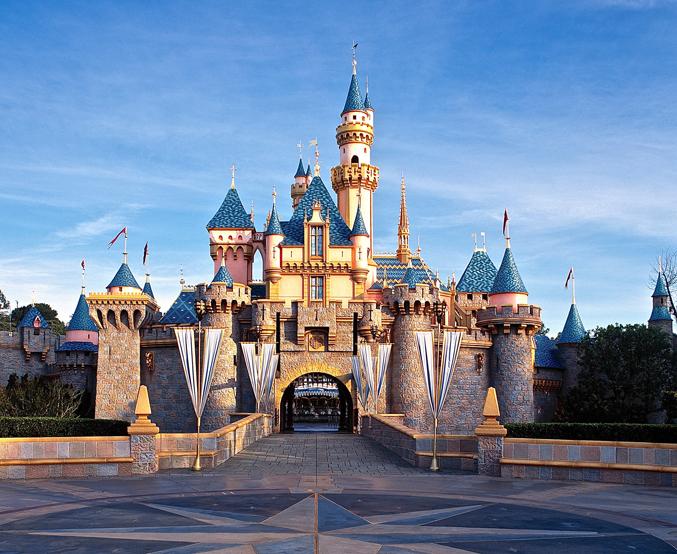February Editorial: Still the Happiest Place on Earth?
Disneyland becomes central in the vaccine debate
February 22, 2015
It’s a week before Marymount High School junior Hannah Haas will take her last final of the first semester. Crossing out the days before “freedom,” she devises a plan for the big day: she’ll go to Disneyland—supposedly the “happiest place on Earth”…what could be better.
Haas didn’t think much of the measles outbreak when officials warned the public that a Disneyland visitor might be linked to the confirmed cases of measles throughout California. Other students refused to celebrate at Disneyland, claiming the disease would spread to “literally everyone.” Haas, however, still wanted to go; “I knew the situation was being handled. Plus, I was vaccinated, so I wasn’t worried at all.”
The key word: vaccinated. Vaccines only work as protection if everyone uses them. The World Health Organization estimates that more than 2 million deaths are prevented yearly because of immunization.
If vaccines are so successful, why are a handful of people opposed to vaccinations? Jenny McCarthy, an anti-vaccine activist, and her followers claim that vaccines cause autism and multiple sclerosis even though there is no proven scientific evidence. Others assert their religions condemn vaccinations. The United States Center for Disease Control and Prevention reports that 85% of people who refuse vaccinations do so based on personal or religious beliefs. Quite frankly, not many religions possess a formal anti-vaccine doctrine. For one, the Dutch Reformed Church believes that vaccines interfere with its members’ relationships with God. When a major outbreak of measles hit a Dutch Reformed community in Netherlands, there was an astonishing number of cases: 1,226.
But if these free choices put hundreds of people in danger, how far is too far? The clusters of people in certain areas without vaccinations provide a huge threat to not only the wellbeing of themselves, but also to those in surrounding areas as most vaccine-preventable diseases spread from person to person.
Essentially, with a check of a box on the Personal Belief Exemption form, any parent could send their kid to kindergarten without the recommended vaccinations, putting other kids at risk. We have seen this happen in other countries; for example, in Japan in 1974, 80% of Japanese children were getting the whooping cough vaccine and consequently there were only 393 cases in the entire country. When vaccination rates dropped to 10% in 1979, more than 13,000 had whooping cough.
The increasing number of vaccination exemptions should not be taken lightly: we might see ourselves fighting epidemics of diseases we thought were eliminated ages ago. To vaccinate or not to vaccinate—a controversial question to always be debated. Just recently I read about a smallpox epidemic that wiped out the entire Native American population during the Columbian Era. Horrific images of people dying with red bumps everywhere filled my screen as I searched “smallpox.” These images are ones that I hope will stay in my research books and historical websites, as they do not need to make real life appearances in the 21st century.
Life is already short. Let’s get vaccinated and try to keep it for as long as we can; after all, we have great places to go!














Kim Bathker • Mar 2, 2015 at 2:57 pm
Interesting article. It might make a good topic for AP Bio to tackle. Thanks, Lucia.
Lucia Kim • Mar 3, 2015 at 6:45 pm
Thank you for reading Ms. Bathker!